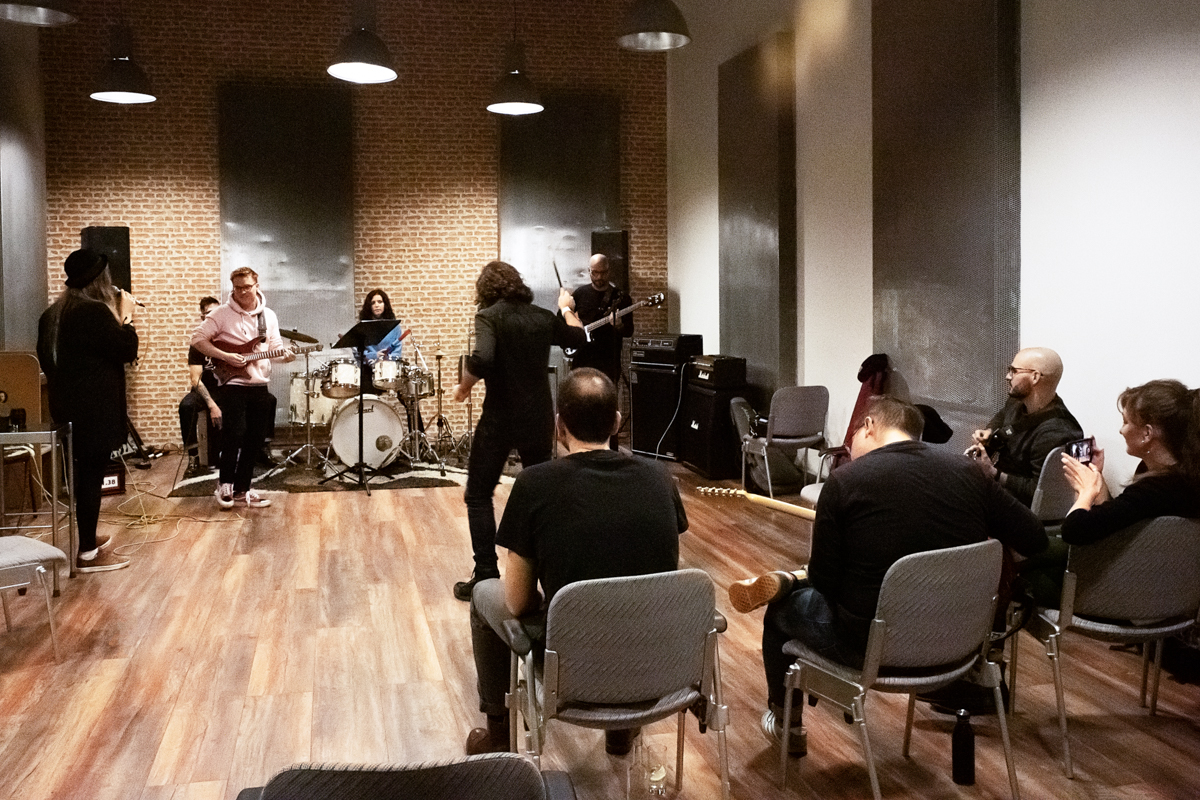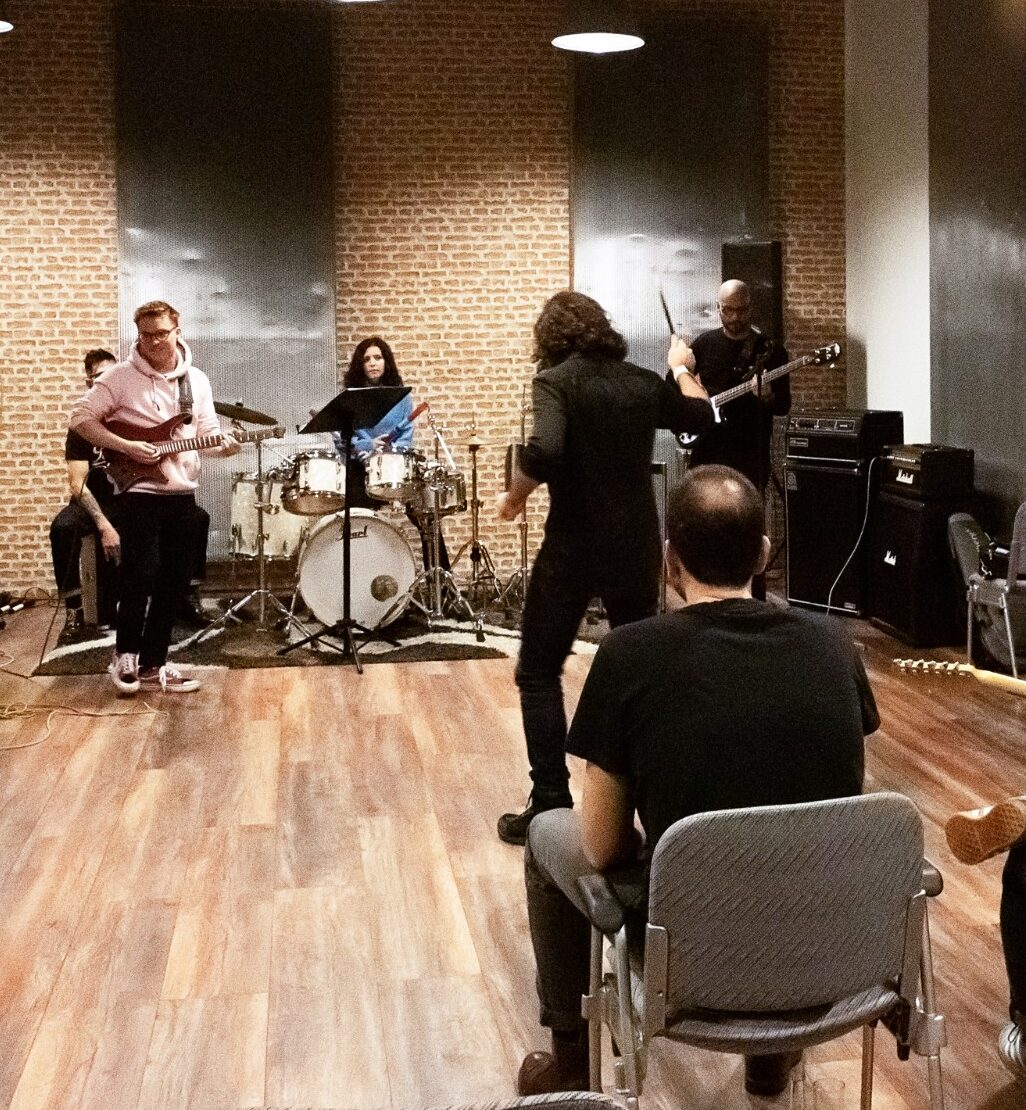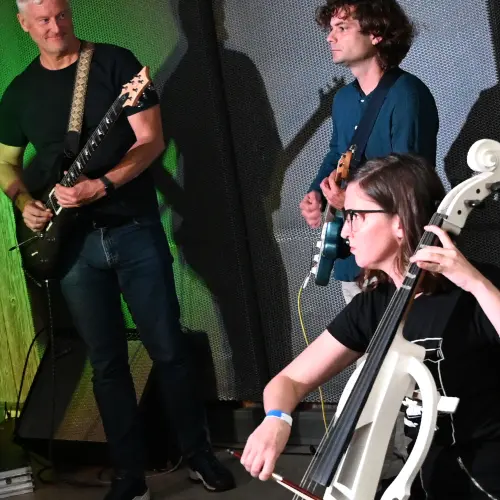
This three-part course dives down into techniques on to come up with music, focusing on the creation of rhythms, harmonies and melodies. If music creation feels exciting but also intimidating to you, you will want to take this course!
Are you up for some shots of creativity?
All parts of this course are for everyone ages 14+ with any level of profficiency in their instrument. Also, all instruments can join any part, except for the harmony part, which requires piched-defined instruments (if you play a piched-undefined instrument such as drumset, we recommend taking the harmony part of the course using your voice).
Rhythm
In the rhythm part, we’ll start by exploring rhythms by clapping our hands and stomping our feet. Then we’ll pick up our instruments and dive into distinction between rhythmic roles, how to deal with any time signature and more.
Harmony
In the harmony part, we’ll start by building our sensibility over which notes sound “consonant” and “dissonant” using only our voice and ears. We will then answer the question “why is harmony theory like this?”, which involves understanding the acoustic properties of our instruments. Finally, we’ll work on creating harmonies, touching concepts such as counterpoint, context and movement.
Melody
In the melody part, we’ll start slow by picking one note, adding new notes to it and reflecting how do we feel about them. We’ll create melodies within a harmonic context (both one that we know of in advance, and one we learn about on the spot), and we’ll also create our own context as we both improvise and write down our melodies.
Our approach
In Jam With Humans, we believe in starting where the student is already at, and teaching tools to expand their creativity from that point.
Our teachers like teaching material which wasn’t taught to them in music school, and we are very careful to make sure that we don’t end up teaching how to play like our teachers, but instead teaching the students how to play like themselves.
Our courses, albeit rooted in theory, are mostly practical, as we trust the best way to explore an instrument is by playing it.

